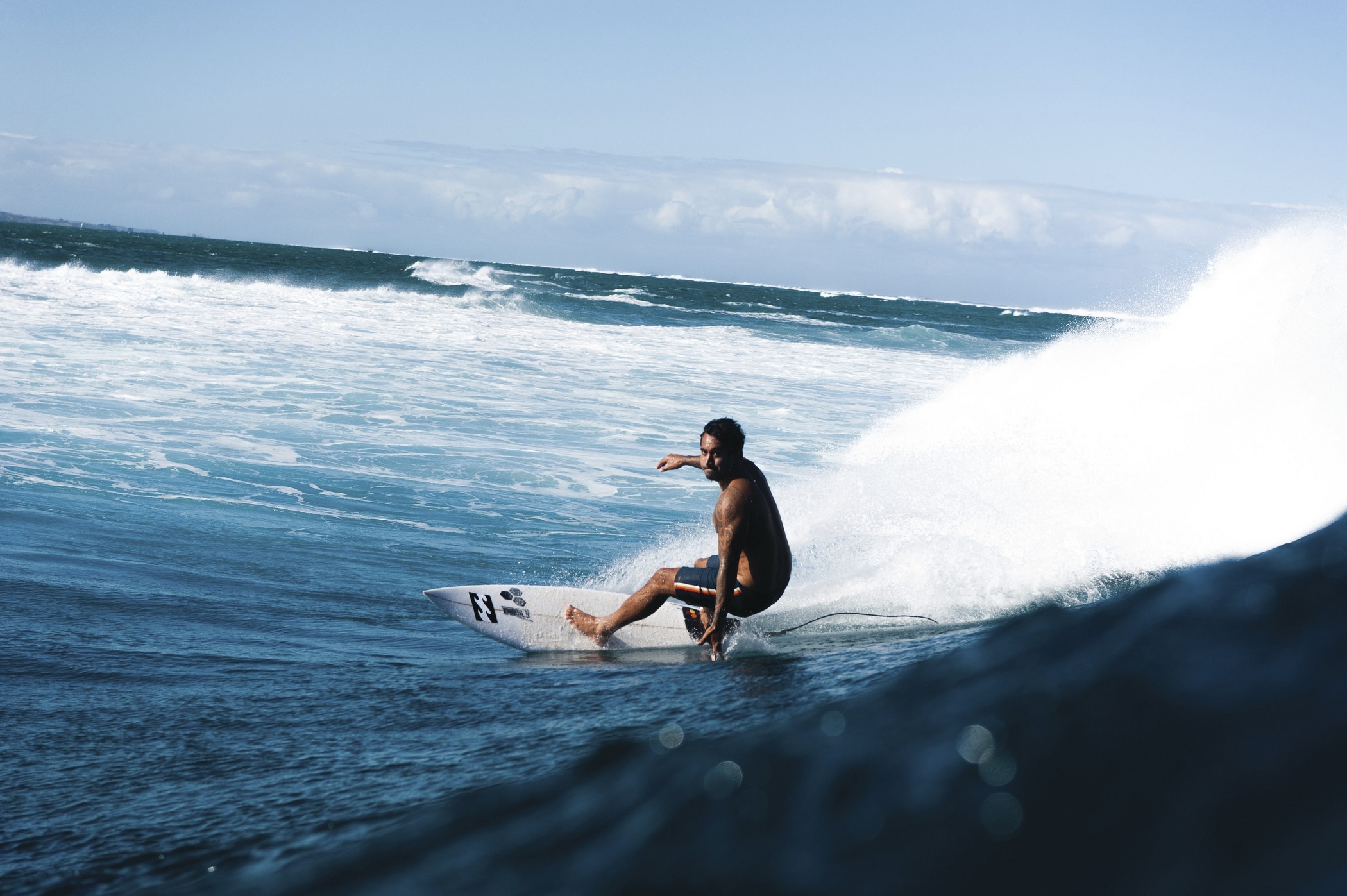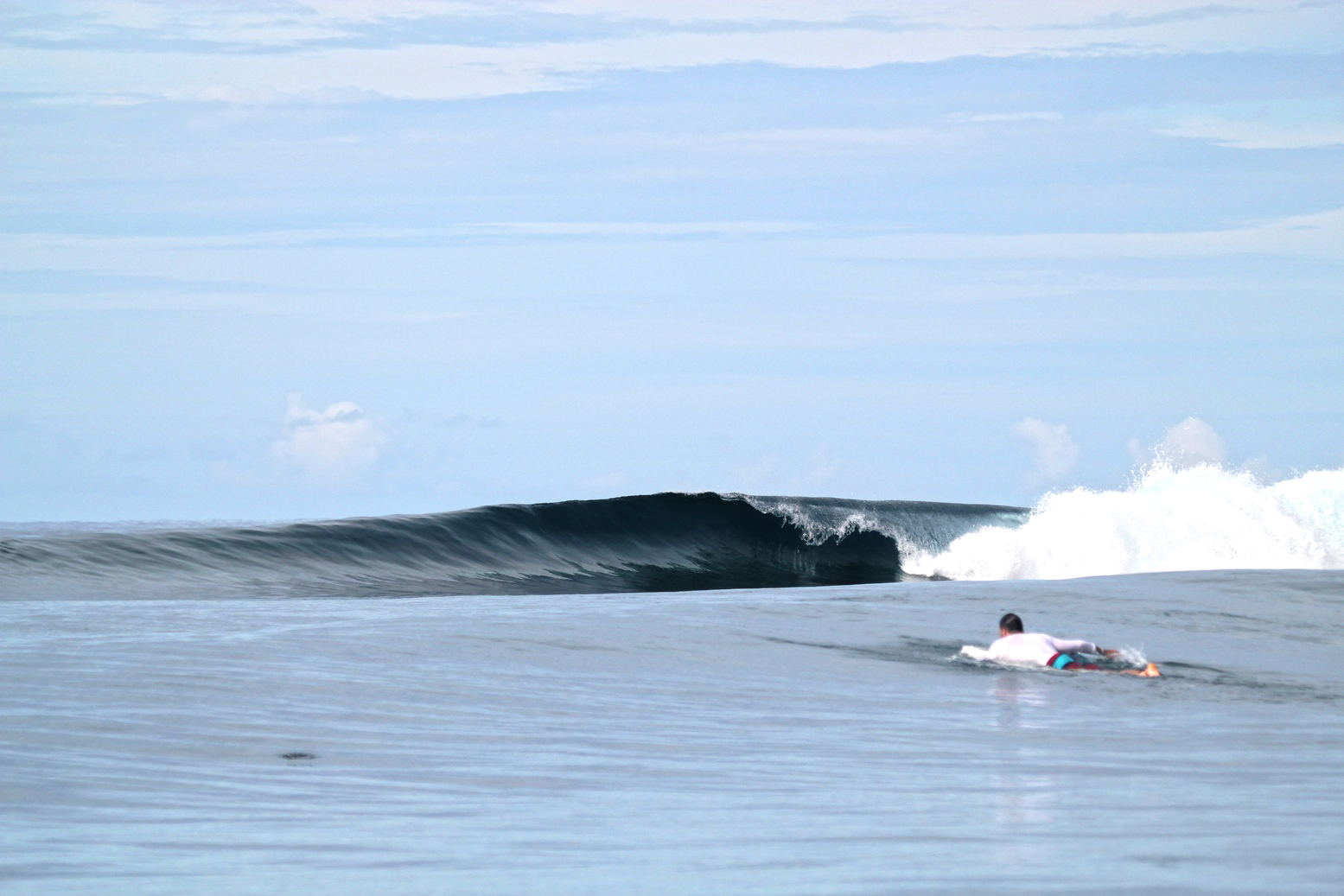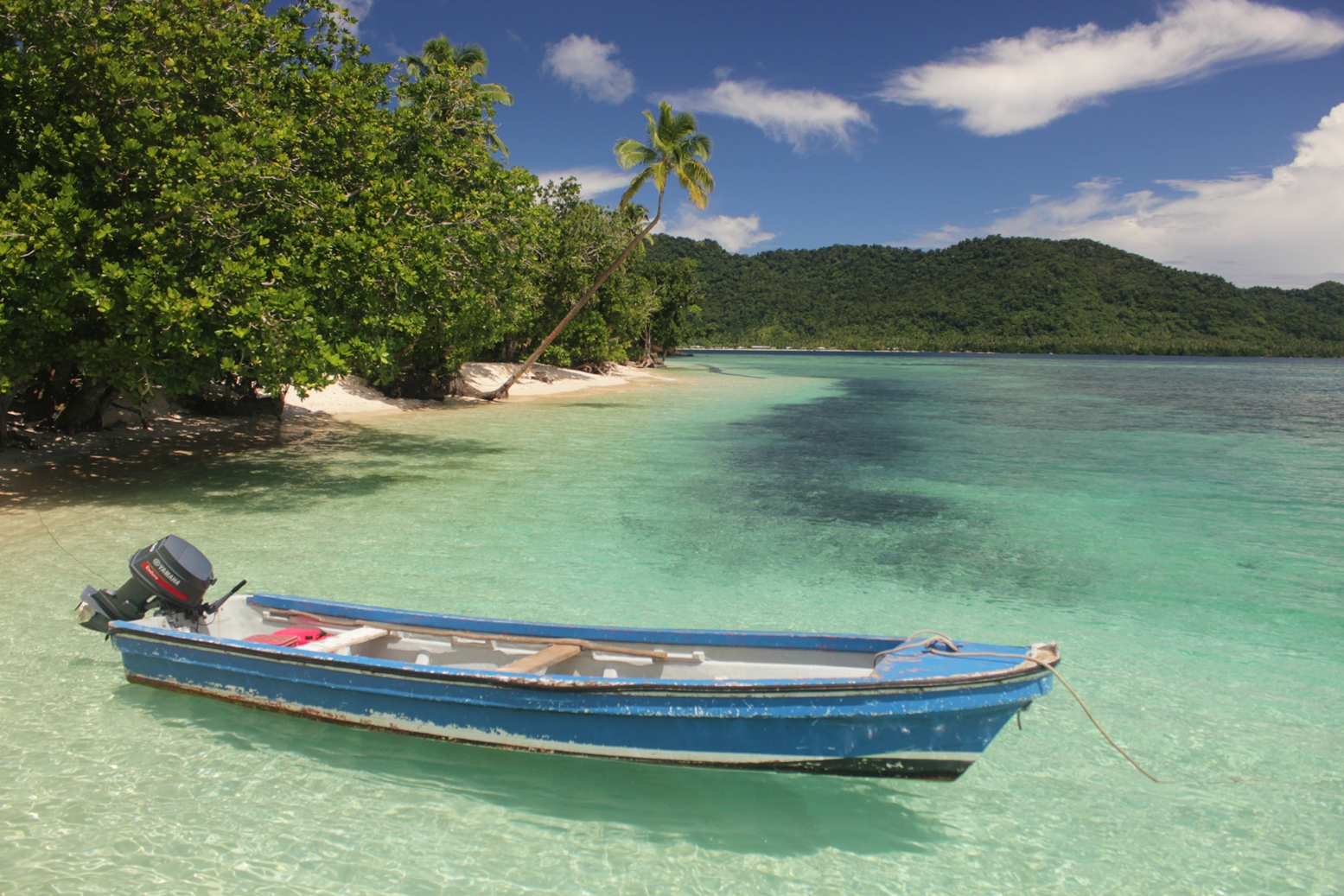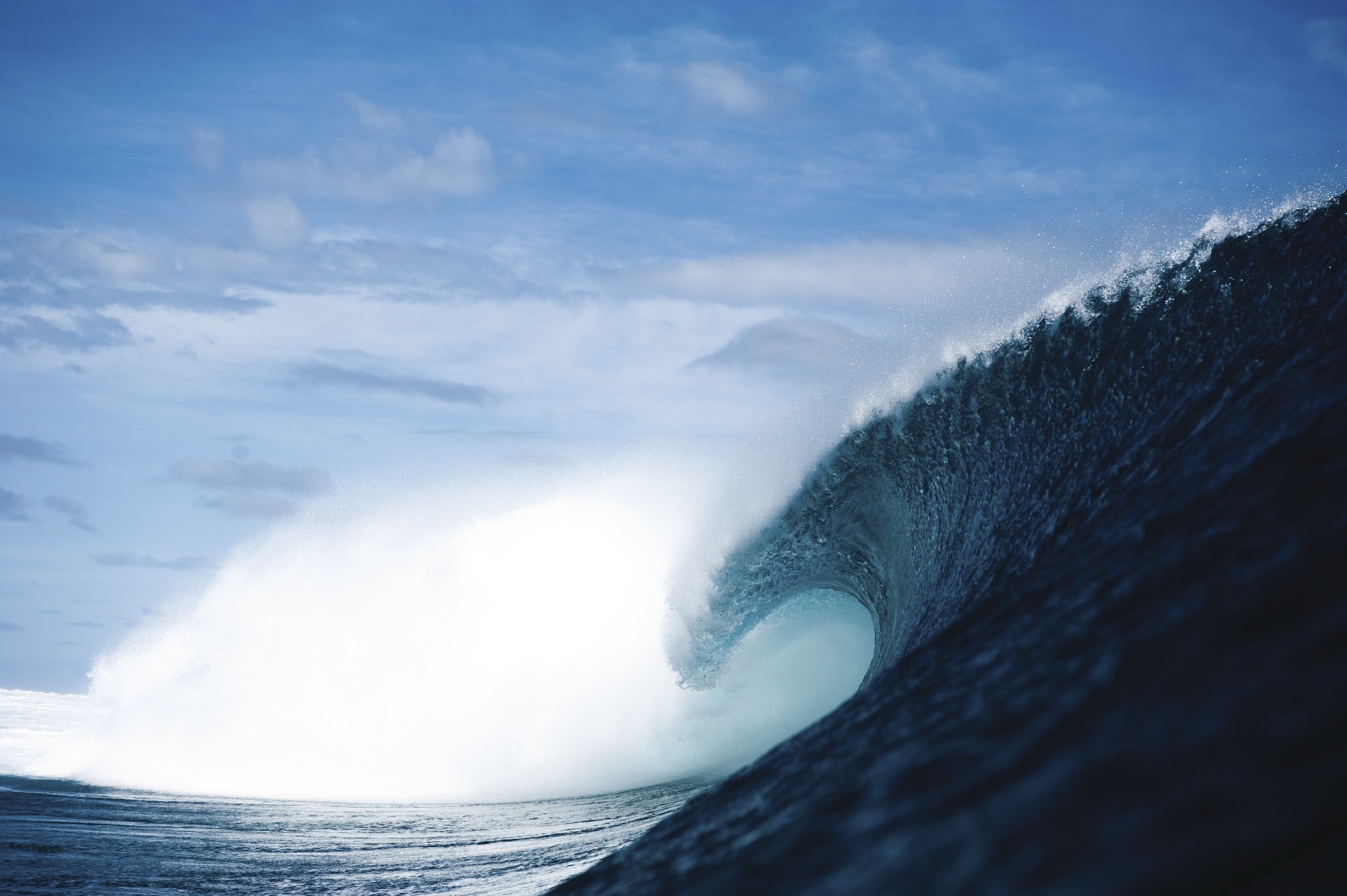Play
Fiji the Ride Of Your Life
Craig Tansley discovers the perfect wave does exist, and you’ll find it year-round in Fiji.
And if you’re lucky you’ll be the only one riding it.

Pacific Island Living
September 2, 2018Craig Tansley discovers the perfect wave does exist, and you’ll find it year-round in Fiji.
And if you’re lucky you’ll be the only one riding it.
There’s swell building on the reef, I can feel it in the sand outside my villa. I can’t actually feel anything, but surfers have long had superstitions which no-one else but other surfers could possibly understand. So I leave my villa early on Castaway Island, so early even the local lads who get breakfast started aren’t at the restaurant yet. My speedboat driver, George, is waiting at the beach with my board. “It’s bigger today,” he says (… my toes were right).
We take off across a mirrored lagoon, with the sun rising across the mountains of Viti Levu, Fiji’s main island, in the distance. The water’s so clear it looks too shallow to pass over, so I have to trust George won’t hit the coral around us. There’s no-one around on the water this early but us; in the distance I see the spray of white water hitting the barrier reef that protects these Mamanuca Islands.
As we get close to the outlying reef, a pod of dolphins swims right at us, and surfs the bow wave of our speedboat. George throttles back to let them surf at their pace, and I run to the front of the boat and lean over the side, face to face with 10 or so surfing dolphins. After 10 minutes they lose interest and leave as fast as they came.
Cloudbreak – one of its best surf breaks on Earth, where the best pro surfers congregate each year to prove their surfing mettle – will be crowded, I decide. So I tell George to take me to Wilkes Pass, five or so kilometres west. Here, there’s no-one but me. I haven’t surfed the break before so George yells at me from the boat when I get too close to the reef, directing me where to wait with erratic hand gestures. When a wave comes it breaks as perfectly as waves ever do – exactly the same way every time; perfectly formed cylinders crashing onto a shallow, sharp reef.
Fiji can be surfed year-round, but it’s now in the dry season (between March and October) when the swell is more dependable. Big southerly fronts from the Tasman Sea push big waves right up here and on to the outlying reef. Though November to March is also consistent, it’s when storms and cyclones produce waves that can sometimes be the best all year, and they’re less crowded.
I paddle into my first Wilkes Pass wave and leap to my feet. The water looks too shallow underneath, but it’s just the clearness of the water playing tricks with my eyes. I surf the wave for hundreds of metres, till I pull off the back. George cheers from the boat. I paddle back out set to do it again and again.
The stuff of folklore
Fiji’s waves are amongst the most revered on this planet. Ever since adventurous surfers on yacht journeys across the Pacific discovered these waves in the 1970s, they’ve been the stuff of folklore. The most famous waves break here at the southern reaches of the Mamanuca Islands, but that’s not to say there aren’t others out there that have never been ridden (there are 333 islands in Fiji). While famous breaks like Cloudbreak and Nomotu suffer crowding at holiday times thanks to global recognition, most waves in Fiji need hardly be shared at all.

Rewards are further afield
I’ve opted to stay slightly further from the most famous breaks, at Castaway Island, because I prefer to avoid predominately Australian and American surfers staying at surf resorts on Tavarau and Nomotu Islands. Here at the intimate resort on Castaway Island I’m still only a short boat ride from the best waves, but in between there’s so much more for me to do here than compare waves at the bar with other surfers. On Castaway Island, there are few other surfers, so those I befriend and share the boat ride with each day become friends.
Most Fijian waves break over outer coral reefs like these ones – the only beach breaks on sand are at Sigatoka on Viti Levu’s south coast, but even these are powerful and not for novices. Strong intermediates to experts only should consider Fiji, unless you bring plenty of Betadine or lime.
While the most famous waves can be found at the southern stretches of the Mamanucas and just above, off Viti Levu’s southern coast near the Coral Coast and Pacific Harbour, there are rewards for those who go further afield.

No-one else for 50kms
I fly to the northern island of Taveuni, and stay at the off-shore island resort, Qamea Resort & Spa, which is serviced by Australian surf company, Tropic Surf. I leave in the early morning and take a boat 20 minutes away to a private outer reef break. There’s no-one else around for 50 kms, and for the next two hours I surf head-high waves over a reef with just my guide for company. Next day we discover a wave my guide has never surfed before off the southern coast of Taveuni; as waves break beneath a green bay, local workers doing repairs to a restaurant above us cheer on as we ride each wave and I feel just like I’m still surfing in the ‘70s. •

© 2024 Pacific Island Living Magazine all Rights Reserved
Website by Power Marketing